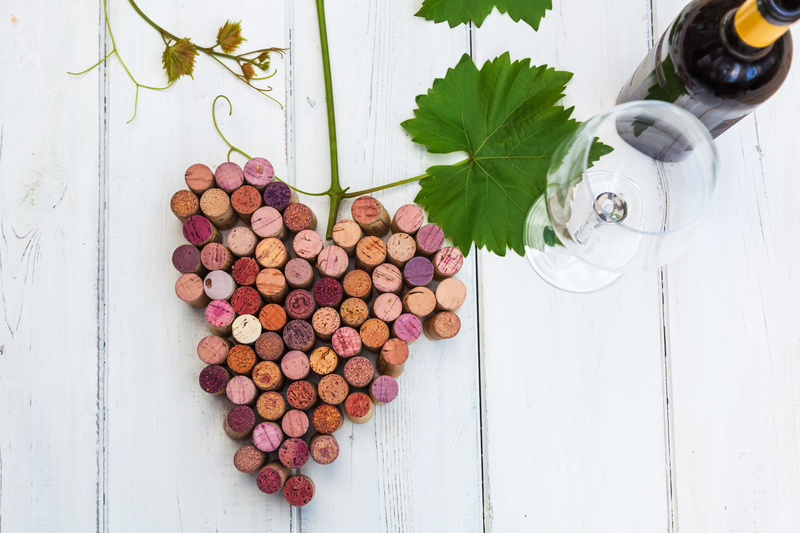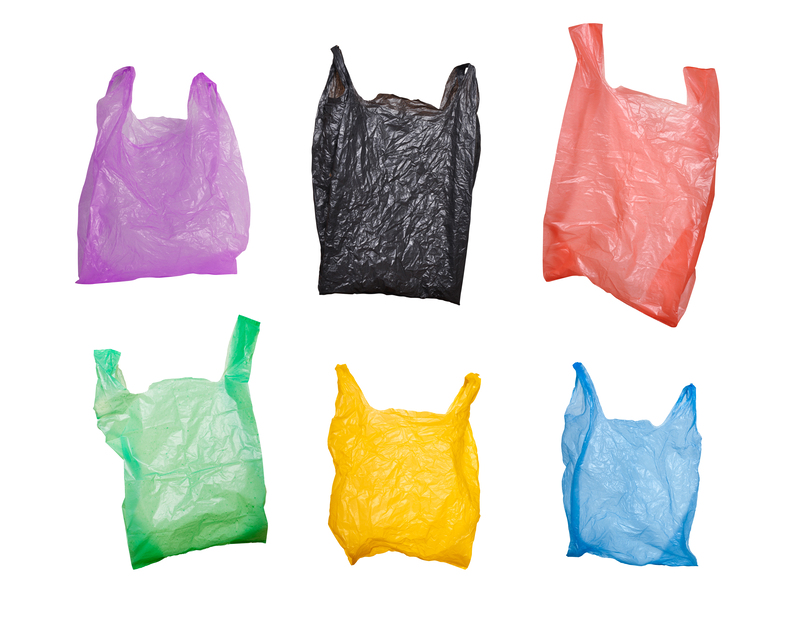Broken Pots and Pans: Disposal Methods That Make a Difference
Has your favorite frying pan suddenly cracked? Maybe that trusty old saucepan you used for decades is now beyond repair. Broken pots and pans are inevitable in every kitchen, but tossing them in the trash is not the only answer. With growing concerns surrounding environmental sustainability and waste reduction, how you dispose of damaged cookware truly matters. This comprehensive guide explores eco-conscious, responsible, and innovative methods to handle broken pots and pans disposal effectively - making a real difference for our planet.
Understanding the Problem: Why Proper Cookware Disposal Matters
Every year, millions of damaged kitchen items end up in landfills. Non-biodegradable cookware can sit for centuries, leaching chemicals and taking up precious space. According to the Environmental Protection Agency (EPA), recycling rates for metal household items remain low, with a significant portion of cookware improperly discarded. Choosing better disposal methods for broken pans and pots not only aids the environment but also helps promote a circular economy.
Key Environmental Impacts
- Landfill Overload: Metal and ceramic cookware occupy space and do not break down easily.
- Resource Waste: Failing to recycle or reuse results in lost metals and minerals, increasing demand for mining.
- Harmful Emissions: Some cookware, when incinerated, releases toxins and heavy metals into the air.
- Hazardous Materials: Older pots and pans may contain lead, Teflon, or other hazardous coatings that harm ecosystems.

Step 1: Assess Your Broken Cookware
Before you decide on any disposal method, take a close look at each item. Different materials and levels of damage will influence your options for recycling, repairing, or repurposing.
- Is it truly broken? Minor cracks or scratches may not warrant disposal - they could be fixable or still useful.
- What is it made of? Common materials include stainless steel, cast iron, aluminum, ceramic, copper, and nonstick composites.
- Does it have any hazardous coating? Nonstick pans often contain PTFE (Teflon) or PFOA, which need special handling.
Types of Cookware and Their Recycling Potential
- Stainless Steel and Cast Iron: Highly recyclable, valuable for scrap metal.
- Aluminum: Also very recyclable, even with some plastic handles.
- Copper: Sought after by scrap dealers and can be fully recycled.
- Ceramic and Glass: Usually non-recyclable via curbside programs but may have specialty options.
- Nonstick Coatings: Require careful disposal, check for local e-waste or hazardous facilities.
The Best Ways to Dispose of Broken Pots and Pans
When dealing with broken pots and pans, disposal isn't always a simple matter of garbage versus recycling. The following best practices ensure their retirement leaves a positive mark on your community and the environment.
1. Recycling Scrap Metal Cookware
Metal pans and pots represent some of the easiest kitchen items to recycle. Most municipalities do not accept bulky cookware in household bins, but scrap metal yards do. Here's how to recycle your broken cookware responsibly:
- Remove Non-Metal Parts: Take off plastic, wood, or rubber handles if possible. Some recycling facilities accept pans with these parts, but separating materials improves purity and value.
- Check Local Recycling Rules: Call your community recycling center or search their website for 'metal cookware' policies.
- Bring to Scrap Yards: Many accept all-metal pans and pots, even rusted or dented, due to the high demand for metals.
- Participate in Collection Events: Some cities run periodic scrap metal collection days, perfect for disposing of multiple items.
Remember that aluminum, stainless steel, and copper cookware fetch higher scrap value and are almost always accepted.
2. Hazardous Waste Facilities for Nonstick and Teflon Pans
Nonstick coatings (such as Teflon or similar substances) are not easily recycled or biodegradable. Discarding them improperly can pollute soil and water. The safest way to dispose of damaged nonstick cookware is:
- Contact Hazardous Waste Locations: Many areas have drop-off centers for household hazardous waste, where PTFE or PFOA-coated pans are properly handled.
- Check Brand Take-Back Programs: Some manufacturers offer recycling or trade-in programs for their nonstick products.
- Never Incinerate: Burning nonstick pans releases toxic fumes; avoid this at all costs.
*If nonstick cookware is accepted in your trash, ensure you're following local guidelines, and bag items to protect sanitation workers.
3. Dealing with Broken Ceramic, Glass, and Stoneware
Unlike metal, ceramic and glass cookware usually ends up in the landfill, as most curbside programs cannot process them due to high melting points. However, some smart disposal options exist:
- Specialty Recycling Centers: Some facilities handle ceramics, especially if collected in bulk.
- Ceramic Artists and Studios: Broken ceramics can sometimes be reused in tile projects or mosaics.
- Construction or Landscaping Fill: Shattered pieces work for drainage or as aggregate in pathways if approved by professionals.
- Wrap Safely Before Disposal: To protect waste workers, double-bag and clearly mark the container 'BROKEN CERAMIC.'
4. Get Creative: Upcycling and Repurposing Old Cookware
We all love a good DIY upcycling project. Broken pots and pans hold endless potential for crafty reimagining! Why not turn your kitchen discards into something delightful? A few fun ideas:
- Planters: Drill drain holes and fill with soil for quirky garden pots or herb planters.
- Wall Art: Arrange frying pans or ceramic platters as rustic kitchen wall decor.
- Bird Feeders: Attach broken pans to tree branches for a homemade bird feeding station.
- Organizers: Use old pots to store tools, craft supplies, or as countertop catchalls.
- Mosaic Tiles: Break ceramic or glass pieces for stepping stones, tables, or original artworks.
Safe Disposal of Specialty or Hazardous Items
Some kitchenware items demand special attention because of the materials they contain:
- Lead Glazed Ceramic: Vintage or imported ceramics may contain dangerous lead. Handle with gloves and take to hazardous waste centers.
- Aluminum with Plastic Coating: Separate as much plastic as possible and ask your local recycler about options.
- Induction Cookware: Contains magnetic metals and sometimes electronics. Some e-recycling facilities can help.
Other Eco-Friendly Disposal Methods for Cookware
Lend, Trade, or Donate (If Still Usable)
If your pots and pans are just scratched, dented, or lightly chipped but still functional, consider these alternatives before opting for disposal:
- Donate to Charities: Many shelters, churches, and thrift stores collect gently used kitchenware (verify their acceptance policies).
- Freecycle Networks: Sites like Freecycle or community Facebook groups connect people to exchange housewares.
- School or Art Projects: Teachers or artists eagerly adopt old pans for creative uses!
Lifestyle Tips to Reduce Cookware Waste
The best way to solve the issue of broken pots and pans disposal is to extend their useful life or avoid breakage in the first place:
- Choose high-quality, durable cookware that withstands heavy use.
- Follow manufacturer instructions for proper cleaning and seasoning (especially for cast iron or nonstick pans).
- Repair minor damage (e.g., re-seasoning, handle replacement) instead of discarding.
- Avoid thermal shock: do not place hot pots into cold water, which can cause cracking.
Frequently Asked Questions About Broken Cookware Disposal
Can I Put Old Pots and Pans in the Recycling Bin?
Usually, no. Most curbside bins do not accept cookware due to size, material, or coating. Always call your local recycling authority first, but scrap yards are almost always a safe bet for metal items.
What Should I Do with Nonstick (Teflon) Cookware?
Since the coating is hazardous, bring these items to a hazardous waste facility or ask the brand about a recycling scheme. Never burn or cut nonstick-coated pans at home.
Are Broken Ceramic Pans Recyclable?
Ceramics and glass, unfortunately, aren't accepted by normal recycling streams. Your best bet is creative reuse or specialty recycling events.
Is There Scrap Value in Old Cookware?
Definitely - especially stainless steel, cast iron, and copper. Bring cleaned (and disassembled, if possible) items to a scrap metal yard for efficient recycling.

Conclusion: Your Actions Make a Difference
Tossing broken pots and pans in the trash may seem easy, but it has lasting effects on our environment. By recycling scrap metal, finding specialty drop-off options, upcycling old cookware, or donating still-usable items, you'll play a key role in supporting sustainability. The next time your skillet surrenders or a casserole dish shatters, remember these disposal methods that make a difference. Small changes in our habits - multiplied across millions of households - can help reduce landfill waste, conserve resources, and inspire a more environmentally friendly kitchen for all.
Quick Summary: Smart Choices for Disposing of Broken Pots and Pans
- Recycle metal cookware at scrap yards for the highest environmental benefit.
- Properly handle nonstick and hazardous materials via special waste facilities.
- Repurpose or upcycle old pots and pans for use in the garden, art, or as storage.
- Donate or trade items that still function, reducing community waste.
- Take steps to maintain cookware longevity and minimize future breakage.
For readers passionate about green living and resource conservation, each choice matters. Broken pots and pans disposal isn't just about getting rid of clutter -- it's an opportunity to make a positive impact on the planet, one pan at a time.
Want to learn more about waste reduction and eco-friendly kitchen tips? Explore our other guides for inspiration and actionable advice!
